
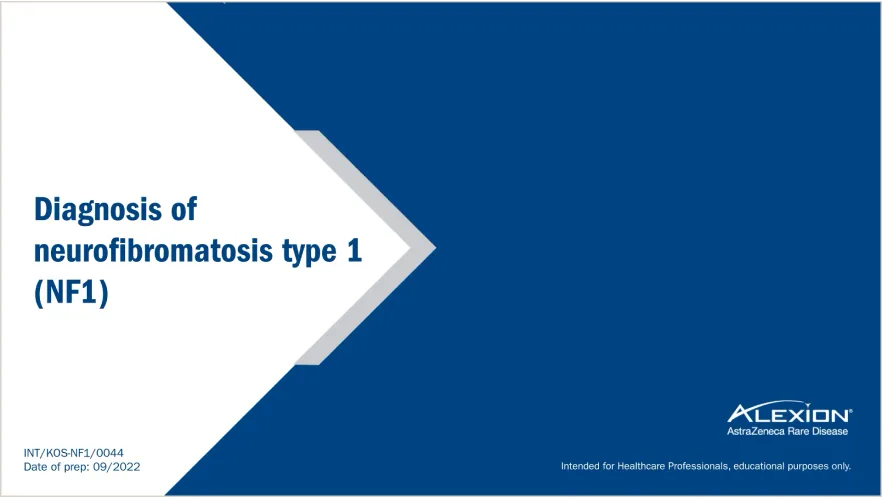
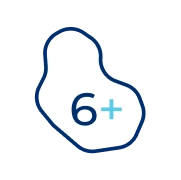
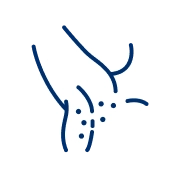
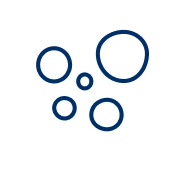



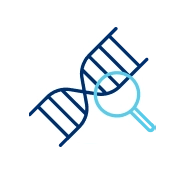
*If only café-au-lait macules and freckling are present, the diagnosis is most likely NF1 but exceptionally the person might have another diagnosis such as Legius syndrome. At least one of the two pigmentary findings (café-au-lait macules or freckling) should be bilateral.
†Sphenoid wing dysplasia is not a separate criterion in case of an ipsilateral orbital plexiform neurofibroma.

Complete surgical resection is the best option for patients with PN, with the goal of treatment to improve or prevent a PN-related morbidity.5,7 The benefits and risks must be considered on a case-by-case basis.
Several factors should be considered, including:5
- Patient age
- PN-associated morbidities – such as pain, disfigurement and functional impairment
- Future risk of PN causing morbidities – for example, PN adjacent to vital structures, such as the spinal cord, may not cause morbidity at present, but are at risk of future morbidity should the PN grow
- PN growth rate – rapidly growing PN, (> 20% increase in PN volume in the previous year) with impending morbidity is likely to be a candidate for surgery
Complete surgical resection can be challenging. As PN are highly vascularised with an infiltrative nature, resection is associated with a high risk of nerve damage, excessive bleeding for large tumours, functional impairment and delayed wound healing.9
Incomplete resection can also result in tumour regrowth.9
These clinical observations should focus on:3



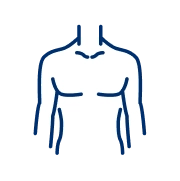

Adapted from: Miller DT et al. Pediatrics. 2019;143(5):e20190660 and Hersh J et al. Pediatrics. 2008. 121(3):633–642.3,11
*Some specialists recommend performing an MRI of the head upon a diagnosis of NF1 being made to determine if an optic pathway glioma is present.11

healthcare professional
